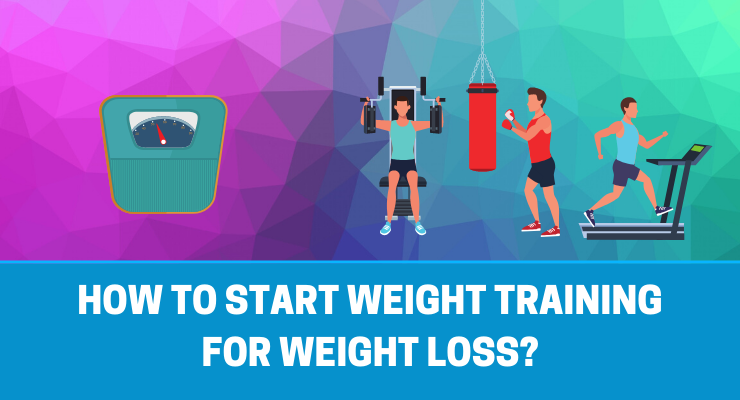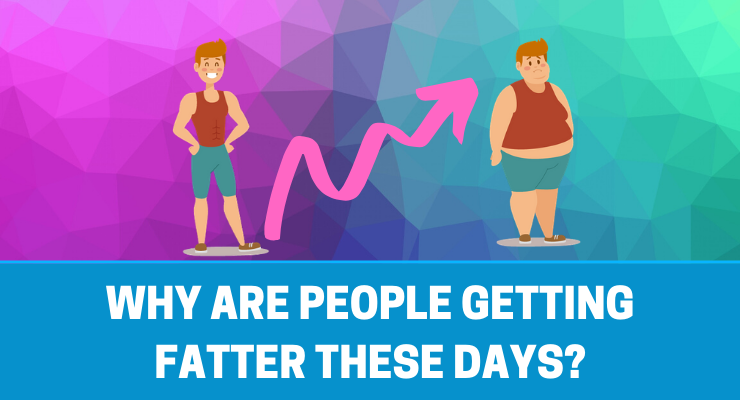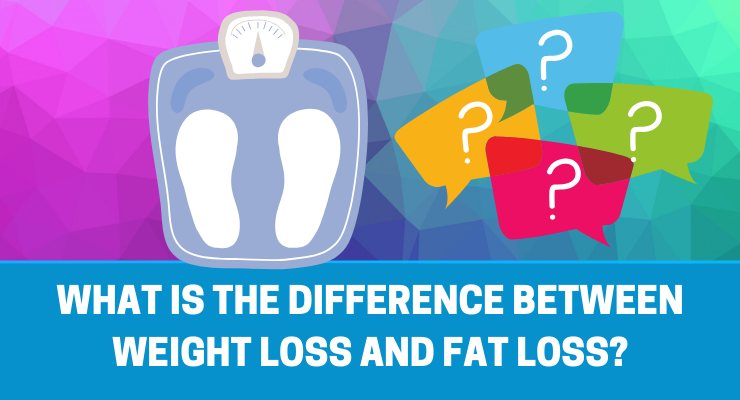How To Start Weight Lifting For Weight Loss?
Most people, while trying to lose weight, will pay attention to cardio workouts. Weight lifting for weight loss is not given much importance.
It’s a common misconception that you can’t lose weight while lifting weights. It will make you bulky, add lots of muscle, and can increase body weight.
Even if you are gym-goer, when it comes to weight loss, you will start to give more importance to cardio.
High impact aerobic activities will burn around 370 calories in half an hour, High-intensity weight training exercise will burn roughly 220 calories for the same period. Aerobic cardio exercises will burn more calories while working out. But the fat-burning effect of strength training will continue throughout the day.

How effective is weight training for weight loss?
Let’s find out how you can rev-up your weight loss through weight training.
Lifting weights helps to preserve your metabolism
To lose weight, you have to keep your body in a calorie deficit state. Cardio, along with a calorie deficit state, can speed up your weight loss. This loss in weight can either come from muscle loss or fat loss. Cardio will improve your cardiorespiratory fitness.
In a calorie deficit state, muscle loss can happen. The decline in muscle will reflect in a loss in weight. Muscles are active tissues; your body breaks down and rebuilds your muscles.
The muscle loss will cause a decrease in your metabolism.
Studies show that one pound of muscle burns around 7-13calories in a day. When you lose muscles, it can cause a decrease in your resting metabolic rate(the energy your body use during rest / the energy needed for survival).
Lifting weights will helps to preserve your hard-earned muscles. Thus you can maintain or even increase your resting metabolic rate. It helps you to continue your fat loss journey.
Weight training also burns calories
Similar to a cardio workout, weight training also burns calories.
You will burn more calories while doing cardio. But it stops when you finish the cardio. But with strength training, the calorie-burning effect continues.
After an intense workout, your metabolism will be pumped up. A phenomenon called EPOC (excess post-exercise oxygen consumption)happens in your body. Oxygen intake will increase following a workout, also known as after-burn. According to a study conducted by the European Journal of applied physiology, afterburn can last up to 72 hours post-exercise.
Heavy compound exercises like squats, deadlifts, push press, and bench press has a good afterburn effect. These exercises will cause a larger surface area of damage. Your body has to work hard to bring back to normal(repair and rebuild).
Strength training induces muscle growth
Strength training will cause an increase in muscle mass. You have to overload your muscles to make them grow.

Overloading the muscle will cause them to grow and adapt. An increase in muscle causes an increase in resting metabolic rate.
If you add five pounds of muscle, then your body has to spend 35-70 calories every day to keep those muscles.
Muscle growth, along with fat loss, can cause you to lose inches but not weight.
High-intensity compound exercise causes the release of anabolic hormones and gut hormones
Lifting heavy will cause the release of growth hormone and testosterone. Anabolic hormones can increase the fat loss rate and helps to preserve your muscle while in a calorie deficit state. So throw away those isolation workouts and start lifting with high intensity.

This study shows that exercise, when done in high intensity, can help you in weight loss by controlling your energy intake. Exercise helps in the release of various gut hormones like GLP-1 and peptide YY. These hormones help you to manage your hunger by increasing your satiety.
Weight training helps to improve insulin sensitivity in people with insulin resistance.
How to add strength training in your weight loss plan?
Calorie deficit diet is the key to weight loss. If you only follow a calorie deficit diet for your weight loss, you will be missing the benefits of strength training that you have read above.
It’s the right time to add strength training routine to the journey.
You can start with a 3-day workout program in which you do a full-body workout.
Best weight lifting exercises for weight loss
- Squat
- Deadlift
- Bench press
- Push press
Weight lifting program for weight loss
- Monday- Full-body workouts +cardio 20 min
- Tuesday- Cardio 20 min
- Wednesday – Full-body workout + cardio 20 min
- Thursday- Cardio 20 min
- Friday – Full-body workout + cardio 20 min
- Saturday – Cardio 20 min
Full body workout routine- 3 sets each with 8-12 repetitions
- 1Chest press
- 2Shoulder press
- 3Pullups
- 4Squats
- 5Seated leg curls for hamstrings
- 6Standing calf raises
- 7Sit-ups
You can check our latest blog post on 12-week bodyweight workout routines.
For cardio lovers, try to add 30 mins of strength training to your current routine. Studies have shown that strength training followed by cardio has a more significant effect on fat loss.
The study by BMC public finds out that combining cardio with resistance training increases fat loss.
Weight training guidelines
1.
When you are a beginner, try to do more full-body workout routines.
2.
More compound exercise- try to include compound exercise (squat, deadlift). You can lift heavier weights and will help you to train more muscles(Improves your afterburn).
3.
Workout frequency can be 3-4 days a week.
4.
Repetition ranges from 6-8 for intermediate and 12-20 for beginner.
5.
Rest in between sets – 30-1 minute for beginner and 1-2 min for intermediate.
6.
High-intensity weight training for weight loss – while doing compound or isolation exercise try to keep the intensity higher. Your max intensity is 1RM( It is the weight you can lift for one repetition). Try to lift a weight near to your 7RM.
Calculate your rep max by using our free calculator.
7.
Progressive overload Increase the weight lifted when you hit your target reps. Progressive overload is the key to muscle growth.
Weight training for weight loss
Calorie deficit is the only way to lose fat or weight. Weight loss needs time and effort.
Weight training is often seen as a muscle-building tool( makes you bulky). But when weight lifting combined with a calorie deficit state can help you burn fat.
Make sure you are taking enough protein in all meals. Protein is essential to preserve your muscles.
A balanced diet, along with exercise, will help to add more muscles and increase your RMR. It is helping you to burn more calories resulting in fat loss.
Start lifting, and stay healthy.







